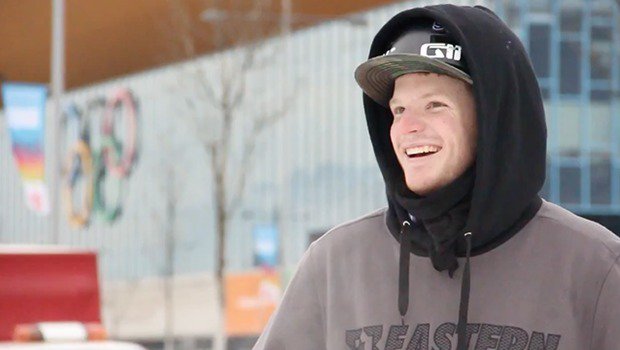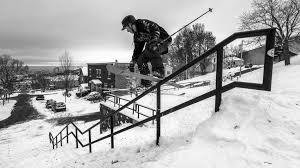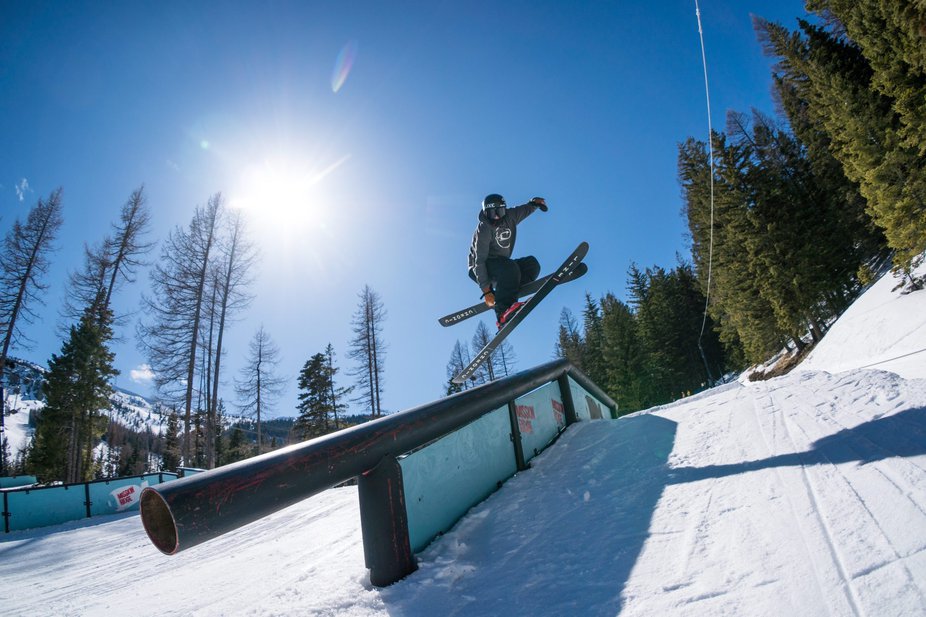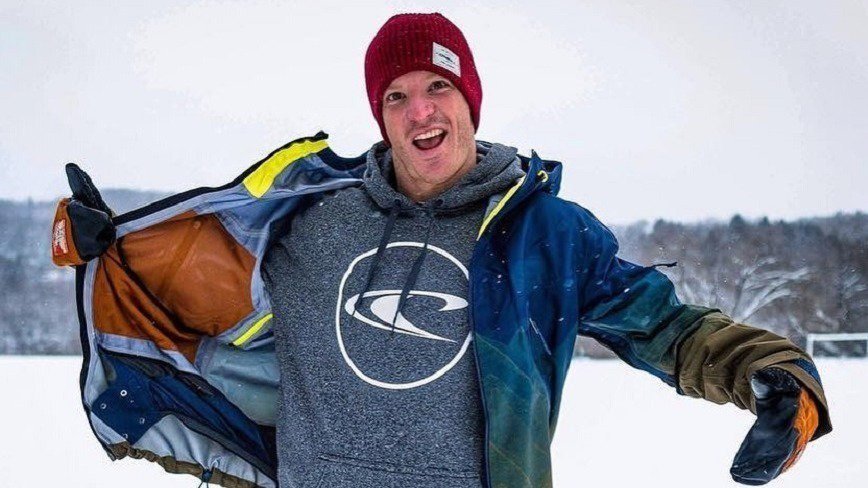Hey Newschoolers fam,
Back again with a new insight on rehab from the one and only LJ Strenio. I have had the pleasure of meeting LJ a few times on the Line TAFT and all I can say is he is a really humble and genuine guy who just absolutely loves skiing. Thank you LJ for answering a few questions and allowing a newer PT pick your brain.
1.) Introduction: Name, Age, Level of skiing, home mountain
LJ Strenio, 31, expert, Mt Hood

2.) What initially got you into freestyle skiing?
I started rollerblading when I was little, then started skiboarding which eventually led to freestyle skiing.
3.) With freestyle skiing being a such high impact sport, I am sure there are many bumps, bruises, and injuries along the way. Can you highlight any significant injuries you have sustained?
I broke my scaffold in both wrists on separate occasions that both required surgery, numerous MCL tears, none requiring surgery, and a fractured and displaced Patella which also required surgery.
4.) Out of those listed, which injury was the most difficult for you, both physically and mentally, in terms of return to skiing?
The Patella or knee cap injury was by far the most difficult both physically and mentally. The surgery and recovery was long and painful and in one of the most important joints in skiing. I lost a lot of muscle mass and the composition of my knee significantly changed, also just being off snow for so long and not knowing how things would turn out yet needing to work nonstop at recovering was mentally draining and unlike anything I’d ever experienced.

5.) What physical aspects and what mental challenges occurred during your rehab process?
A lot of the difficulties physically with my recovery was regaining mobility and strength. Unlike an ACL tear, I was required to be leg locked for almost 2 months to let the bone heal. When you don’t bend your knee even a few degrees for that long after a surgery, not only do you lose a lot of muscle mass, but scar tissue also becomes densely woven around the joint making bending it impossible at first. Rather than tear through it, you spend almost a year pushing it painfully, just past your limits to create microtears in the tissue little by little until you can bend it again. Once it bends enough to get on a bike, you get on a bike and once you can run, you run and the less painful and more work related part of the rehab begins. Mentally for me it was mostly downhill as things only got easier and my confidence only rose. Weeks where you don’t see progress however can be very difficult and my first return to snow was so painful I didn’t think I was ever going to be able to ski at a high level again or even be able to enjoy it for that matter. That was really difficult too.
6.) Speaking of rehab, how was the physical therapy process? (timeline, PT personality, what worked, what didn’t work for you), etc. Honest opinion!
The PT process was amazing and I got to know my PT really well. He was genuine and a straight shooter and equipped me with what I needed to know to give myself the best shot at a full recovery. I’m eternally grateful for all his hard work. I have little critique of his process as I don’t have a solid frame of reference and ultimately only cared about the outcome which was successful. The process was long and we experimented with about every PT technique I had and hadn’t heard of and we played off what worked and didn’t work.

7.) How was your skiing affected once you were cleared to return to ski? Did you change style of ski or boot?
I felt like I had less spring in my knee, and found that maybe I didn’t ski in as low or tucked of a stance as I once did, but only slightly. It’s easier for me to comment on how it felt rather than how my skiing changed, and even then it mostly just felt different. It wasn’t the same knee I had and a lot of the indescribable nuance had changed, but it was a knee and for the most part it worked. The pain of skiing slowly went away and I was satisfied.
8.) How is your fitness routine now? Did it change after your first major injury?
My fitness routine has never changed, lots of sports like skateboarding running and surfing. Some are more helpful than others but they’re all active. Running is probably the most applicable and I run a lot in the off season but I’m not a fan of the gym and only find myself in one when I need to (like during PT)
9.) How often do you stay in touch with your PTs or trainers for updates or advice?
I stayed in contact with my PT for maybe a year or two after completing PT but don’t keep in touch at all anymore. I have a couple of friends who are PT’s though and sometimes consult them.
10.) Do you have any advice for those going through rehab themselves?
Dig deep and grind it out. Remember what’s important to you and don’t take no for an answer.
11.) What is your favorite skiing memory?
That’s a tough one, so many to consider. One that comes to mind is Jumping the “Whales Tails” statues in Burlington Vermont for a meatheads film shoot in 2011. They got permission and built a big jump over the statues and we did snowmobile tow ins across a field to jump them with the ridgeline of the green mountains that I grew up skiing in the background. It turned into a sunset shoot and I got the trick I wanted just before we lost light. Surrounded by good friends, my mom even stopped by just as we were finishing up, in a great place as the sun set, definitely one that I cherish.


Comments